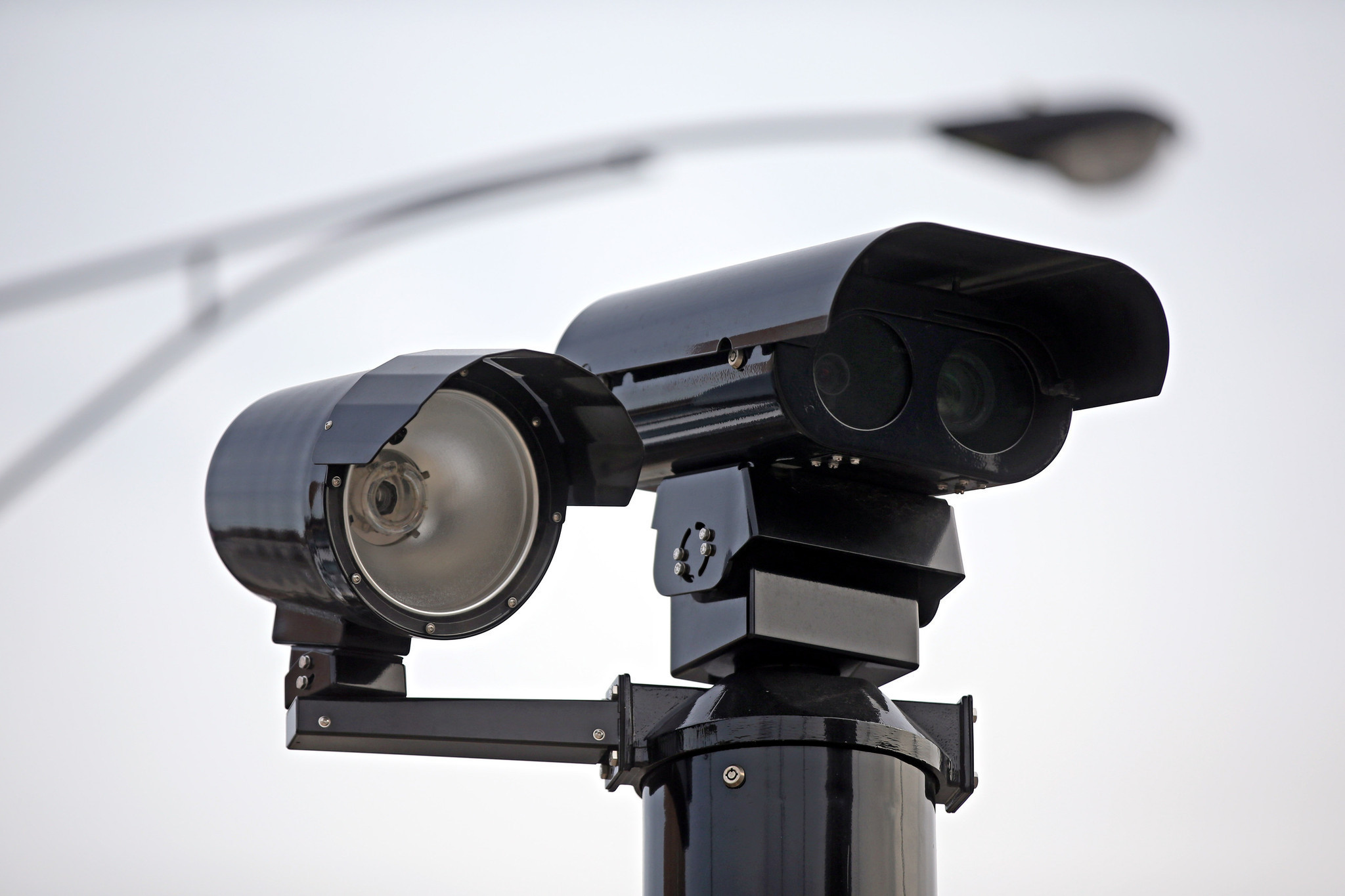
Florida communities are one step closer to gaining a new tool to curb dangerous driving in school zones after a bill that would allow cameras and radar detection devices to enforce speed limits passed through a committee this week.
The bill (SB 410), sponsored by Republican Sen. Ana Maia Rodriguez of Miami, cleared the Senate Committee on Education with unanimous support Tuesday, marking the first milestone toward an overhaul of school speed zone enforcement.
Sarasota Interim Police Chief Rex Troche and representatives from the Florida Police Chiefs Association and Florida PTA attended the committee meeting to show support.
The bill’s slightly older twin, filed by Democratic Rep. Nicholas Duran of Miami, still awaits a hearing in the House Criminal Justice and Public Safety Subcommittee.
Rodriguez and Duran co-sponsored a version of the legislation last Legislative Session. That bill died in committee on April 30.
Florida Politics first reported on this year’s version of the bipartisan proposal in October.
Rodriguez’s bill this time has two more committees to clear: the Appropriations Subcommittee on Transportation, Tourism and Economic Development; and Appropriations. Duran’s bill must advance through four committees.
If the legislation passes and is signed by the Governor next year, counties and municipalities could begin installing radar detection devices in and around school speed zones to target motorists traveling 10 mph or more over the posted limit.
The systems, which would be able to capture photos or videos of vehicles at the time of the violation, would only be installed after the Florida Department of Transportation conducts a five-day study of a school zone to determine whether there is a need for added enforcement.
Drivers could receive tickets of $158 that would not affect their insurance.
The speed detection systems would operate on school days, beginning one hour before, during the entirety of, and one hour after regularly scheduled school sessions.
Counties and municipalities would also be able to install or contract with a vendor to install speed detection systems within 1,000 feet of a school zone to enforce speed limits, including on state roads “when permitted” by the FDOT. The same would apply to county- or municipality-controlled streets and highways following FDOT placement and installation specifications.
“There are certain steps that have to be followed,” Rodriguez told Florida Politics. “So, they’re not going to pop in every school, and it’s not feasible to put them everywhere.”
Local governments choosing to install speed detection systems would have to install signage informing the public of the system’s use, capabilities and the doubling of speeding fines within school zones.
If a county or municipality installs a system where it has never conducted such a program, it must make a public announcement and conduct a public awareness campaign about the proposed use of speed detection systems at least 30 days before beginning enforcement. During that time frame, drivers flagged by speed detection systems would be issued warnings and not be liable for civil penalties.
Florida must do a better job of protecting students walking to school, Rodriguez said, calling her and Duran’s legislation an effective, inexpensive way to save lives and provide police with additional enforcement abilities.
“This is just a no-brainer for us to have an added tool in the toolbox to make sure children, teachers and parents are safe,” she said. “It’s really just an added benefit to our schools.”
Using technology to ensure better school zone enforcement “will save lives, increase adherence to the speed laws and help with police officer capacity in our communities,” Duran said.
Florida’s school zones are among the most dangerous nationwide. In 2018, they ranked the most perilous among all U.S. states, according to smartphone-based analytics and transportation safety platform Zendrive.
Part of the issue is how much police patrolling it takes to effectively enforce school zone speed limits. In 2019, the Florida Sheriff’s Association conducted “Operation School Zone Safety,” an initiative to increase patrolling across 40 counties after spring break.
In just one week, the program resulted in 4,040 warnings and 2,819 traffic citations — at the cost of nearly 5,300 police hours.
Daytona Beach Shores Police Chief Stephan Dembinsky, president and director of the Florida Police Chiefs Association, said Duran and Rodriguez’s legislation would give police and schools an overdue, game-changing tool to address an urgent problem.
“We’ve seen success from this tool in other states,” he said. “It’s time we implement it here in Florida.”



